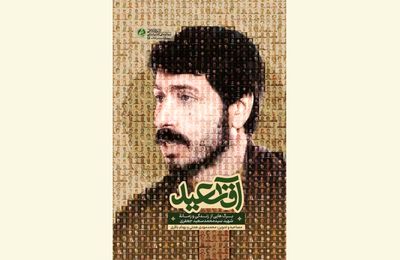Would you explain a little about the formation process of this book?
All those relevant to the holy defense know him from Kermanshah, and my father was also a close relative of his, so that's how I became interested in writing about him.
Why did you narrate the story in this book in an interview structure?
Since oral history has been around for nearly a hundred years, it is a relatively modern phenomenon. However, its values and dimensions are not clear, and it has significant differences from our oral traditions. This book is therefore based on a theory of oral history.
Oral history wants to draw our attention to details; for example, in the book "Mr. Saeid" about the Hojjatie Society, there are discussions that we have not had in our historical narrative until today and no one has said these at all.
Another challenge was the narrative of the IRGC and the interventions of various groups that wanted to join the IRGC, from Banisadr and the Mojahedin-e-Khalq organization to the groups that we later came to know under the name of Seyyed Mehdi Hashemi, which was identified in 1987-1988.
Additionally, you mentioned how difficult it was to convince people to share their memories during interviews, but wouldn't it be better if you, as a writer, did not have to worry about arranging interviews and maintaining the flow of the narrative?
While the book and narrations refer to Mr. Saeid's encounter with SAVAK, some believed that describing Mr. Saeid would lead to a conflict of interest, and another argument was that the narrators insisted on removing these parts because they might have been used as proof of Mr. Saeid's connection to Savak. So, there were so many challenges that I need to handle on my own.
It was clear to me that Mr. Saeid was a smart and pious person who played with SAVAK to get information! It was natural that every political activist would do the same at that time, but Mr. Saeid's spies on SAVAK were so intelligent that we could not include them in the book.
Can you tell us a little bit about the audio of each interview and the QR codes next to the narratives?
Based on our consultations, we believe that the CD should be placed at the end of the book, since the text cannot provide all the details of the document in the book, so, the historian should include the original narration with the CD. As more narrators are involved, this becomes problematic, but we tried to put the audio of each interview next to the interview from the beginning.
Source:Tehran Times

